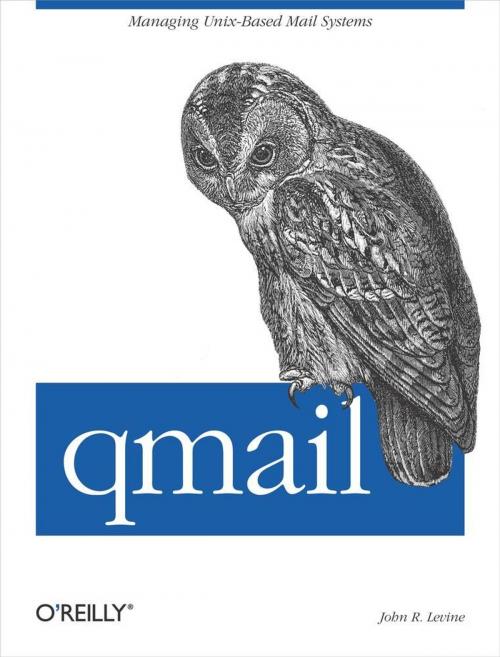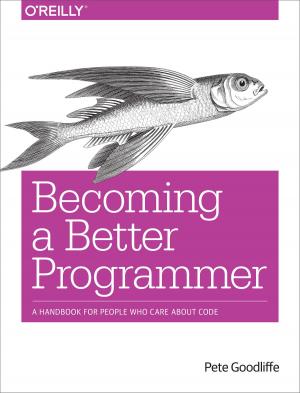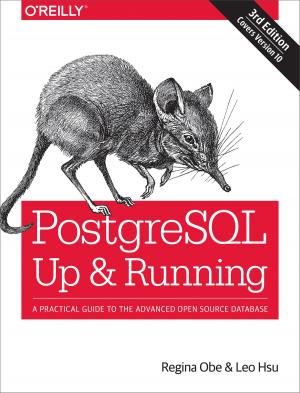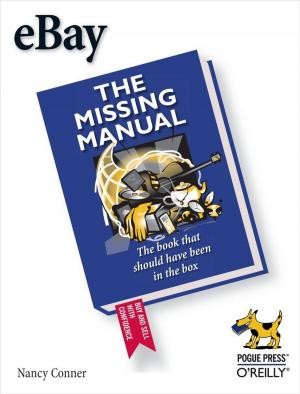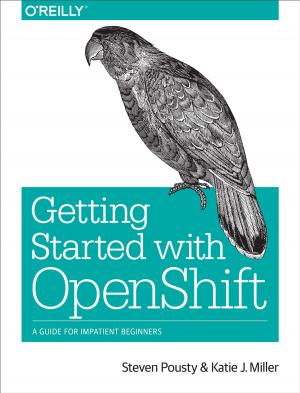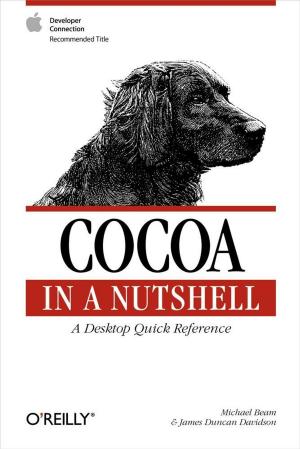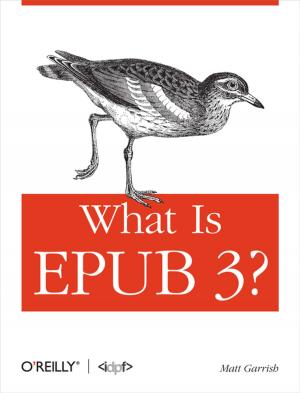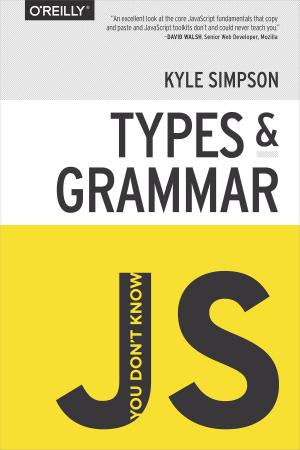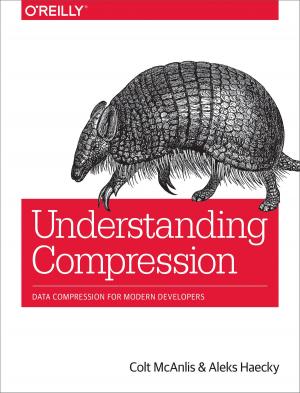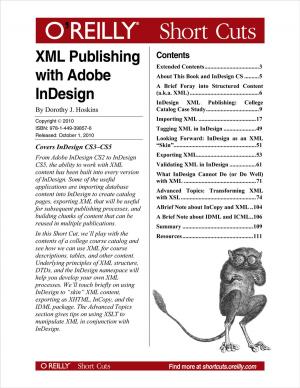qmail
Managing Unix-Based Mail Systems
Nonfiction, Computers, Networking & Communications, Electronic Mail, Network Protocols| Author: | John Levine | ISBN: | 9780596552121 |
| Publisher: | O'Reilly Media | Publication: | March 24, 2004 |
| Imprint: | O'Reilly Media | Language: | English |
| Author: | John Levine |
| ISBN: | 9780596552121 |
| Publisher: | O'Reilly Media |
| Publication: | March 24, 2004 |
| Imprint: | O'Reilly Media |
| Language: | English |
qmail has quietly become one of the most widely used applications on the Internet today. It's powerful enough to handle mail for systems with millions of users--Like Yahoo! Mail and Hotmail, while remaining compact and manageable enough for the smallest Unix- and Linux-based PC systems. Its component design makes it easy to extend and customize while keeping its key functions secure, so it's no wonder that adoption of qmail continues at a rapid pace.The downside? Apparently none. Except that qmail's unique design can be disorienting to those familiar with other popular MTAs (Mail Transfer Agents). If you're coming from sendmail, for instance, you might have trouble recasting your problems and solutions in qmail terms. qmail first helps you establish a "qmail frame of mind," then explores the installation, configuration, administration, and extension of this powerful MTA. Whether you're installing from scratch or managing mailing lists with thousands of users, qmail provides detailed information about how to make qmail do precisely what you wantqmail concentrates on common tasks like moving a sendmail setup to qmail, or setting up a "POP toaster," a system that provides mail service to a large number of users on other computers sending and retrieving mail remotely. The book also fills crucial gaps in existing documentation, detailing exactly what the core qmail software does.Topics covered include:
- Installation and configuration, including patching qmail
- Moving from sendmail to qmail
- Handling locally and remotely originated messages
- Managing virtual domains
- Logging qmail activity
- Tuning qmail performance
- Running multiple copies of qmail on the same computer
- Mailing list setup and management
- Integrating the qmail MTA with POP and IMAP delivery
- Filtering out spam and viruses
If you need to manage mailing lists, large volumes of mail, or simply find sendmail and other MTAs too complicated, qmail may be exactly what's called for. Our new guide, qmail, will provide the guidance you need to build an email infrastructure that performs well, makes sense, and is easy to maintain.
qmail has quietly become one of the most widely used applications on the Internet today. It's powerful enough to handle mail for systems with millions of users--Like Yahoo! Mail and Hotmail, while remaining compact and manageable enough for the smallest Unix- and Linux-based PC systems. Its component design makes it easy to extend and customize while keeping its key functions secure, so it's no wonder that adoption of qmail continues at a rapid pace.The downside? Apparently none. Except that qmail's unique design can be disorienting to those familiar with other popular MTAs (Mail Transfer Agents). If you're coming from sendmail, for instance, you might have trouble recasting your problems and solutions in qmail terms. qmail first helps you establish a "qmail frame of mind," then explores the installation, configuration, administration, and extension of this powerful MTA. Whether you're installing from scratch or managing mailing lists with thousands of users, qmail provides detailed information about how to make qmail do precisely what you wantqmail concentrates on common tasks like moving a sendmail setup to qmail, or setting up a "POP toaster," a system that provides mail service to a large number of users on other computers sending and retrieving mail remotely. The book also fills crucial gaps in existing documentation, detailing exactly what the core qmail software does.Topics covered include:
- Installation and configuration, including patching qmail
- Moving from sendmail to qmail
- Handling locally and remotely originated messages
- Managing virtual domains
- Logging qmail activity
- Tuning qmail performance
- Running multiple copies of qmail on the same computer
- Mailing list setup and management
- Integrating the qmail MTA with POP and IMAP delivery
- Filtering out spam and viruses
If you need to manage mailing lists, large volumes of mail, or simply find sendmail and other MTAs too complicated, qmail may be exactly what's called for. Our new guide, qmail, will provide the guidance you need to build an email infrastructure that performs well, makes sense, and is easy to maintain.
